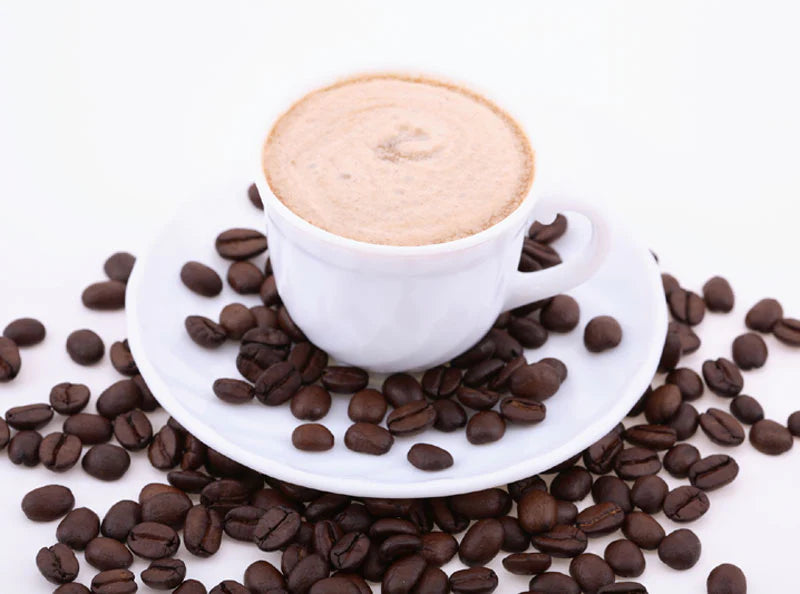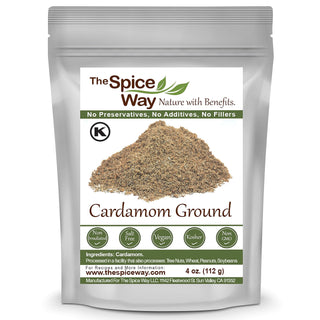Our addiction explains why there is a certain coffee shop every two blocks. According to an FDA 2010 study referenced in a recent article by Peggy La Cerra, 90% of Americans consume more than 200 mg of caffeine each and every day.
I have a confession to make—I am a tea drinker and I must have a cup of coffee every morning to get me started!
Yes, I love tea and it quickly becomes my beverage of choice once the coffee caffeine starts flowing in my veins (figuratively speaking). I have always known I am not alone in that need but an interesting article in a current publication helped to shed some light on just why some of us are so addicted to this bitter, white crystalline purine methyl xanthine alkaloid.
It’s the question Murray Carpenter addresses in his book titled Caffeinated: How Our Daily Habit Helps, Hurts and Hooks Us.
Our addiction explains why there is a certain coffee shop every two blocks. According to an FDA 2010 study referenced in a recent article by Peggy La Cerra, 90% of Americans consume more than 200 mg of caffeine each and every day.
We reach for that “cup of Joe” because it is the only readily available psychoactive substance that provides increased mental alertness almost immediately. Think about it. We all know caffeine as a stimulant and one that is found in higher concentrations in a cup of coffee than in a cup of tea.
A strong cup of coffee can provide up to 300mg of caffeine. Caffeine has several mechanisms; the main one is that it is believed to block an inhibitory neurotransmitter (adenosine) at certain synapses in the brain, leading to a net stimulant effect. Adenosine is believed to increase in the brain throughout the day, building up a kind of a “sleep pressure.” The more adenosine present, then the greater is the tendency to fall asleep. Caffeine partly reverses this effect.
As a caution to the wise, moderation should apply in your consumption of caffeine. A Mayo Clinic study shows us that drinking more than five cups of coffee/day decreases life expectancy by 21%. That translates to quite a few years! The focus should not be on coffee alone. Let’s not forget the colas and other soft drinks Americans so readily reach for in those big gulp containers.
Certain amounts of caffeine have been associated with increased blood pressure, gout, heart palpitations, anxiety, dehydration, fibrocystic disease, insomnia, indigestion, allergic reactions and addiction. Is there another option— of course! Tea and herbal infusions!
A cup of tea may provide 20-80 mg of caffeine, depending on the type of tea. Tea not only has much less caffeine but also includes antioxidants which are believed to support elimination of free radicals associated with illness and disease. Other components such as theophylline, theobromine and L-theanine found in tea are supportive of the caffeine creating a more “even buzz” than coffee or other highly caffeinated drinks. There are also several herbal infusions containing herbs such as ginkgo, ginseng, eleuthero and others which are quite effective in providing mental alertness and acuity in one cup. Think about what you drink. Are you sacrificing good health for the quick buzz of mental alertness?
Theresa Ford
Caffeinated: How Our Daily Habit Helps, Hurts and Hooks Us. Penguin Group ISBN-13: 978-0142181805
Caffeine: The Addiction We Share … and Don’t Talk About Health and Spirituality Peggy La Cerra 02/2015
Association of Coffee Consumption With All-Cause and Cardiovascular Disease Mortality
The “Caffeine Intake by the U.S. Population” report prepared for FDA presents an indepth analysis of the U.S. population’s consumption of caffeine between 2003 and 2008. It focuses on different dietary sources of caffeine and consumption levels across various age groups, including children ages 2 -13, teenagers 14 – 21 by gender, and women of childbearing age (16 – 45). During this time, the average amount of caffeine consumed has remained constant at approximately 300 milligrams (mg) per person per day. The major food sources of caffeine are coffee, soft drinks and tea. FDA.gov 12/12







